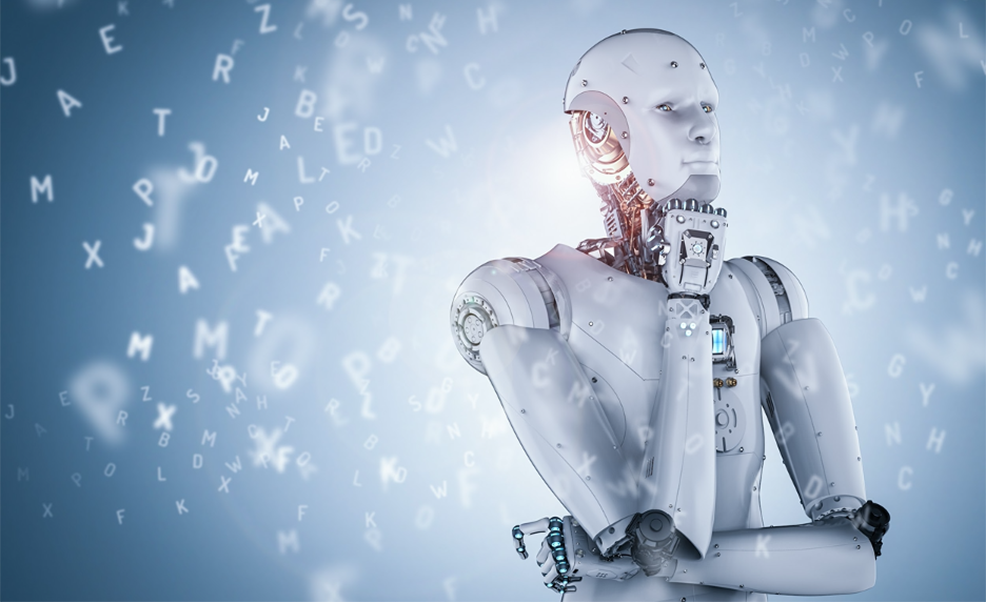AI Detector That Verifies Human vs. Machine Writing

In a world where artificial intelligence is producing more content than ever before, the need for tools that can differentiate between human and machine writing has become urgent. The AI detector has emerged as a critical solution in this space, offering the ability to analyze and verify the origin of written content. Whether it’s a blog post, academic essay, or social media update, the AI detector helps ensure authenticity and trust in the digital age.
The Growing Importance of AI Detectors
As AI writing tools like ChatGPT, Claude, and others become increasingly accessible, more people are using them to create articles, reports, and emails. While these tools are powerful and convenient, they also raise questions about originality and authorship. This is where the AI detector plays a vital role. It enables individuals, educators, and companies to verify whether content was crafted by a human or generated by an AI system.
The AI detector is now used across industries—from journalism and academia to business and law. In every case, the goal is the same: to verify the human touch behind the words. The rising dependency on AI content generators has created a parallel need for tools that can validate what’s real and what’s artificial.
How the AI Detector Works
An AI detector operates by scanning a piece of text for patterns and characteristics that are typically associated with machine-generated content. AI writing often exhibits certain features such as overly structured phrasing, repetition, or a lack of nuanced emotional tone. By analyzing these details, the AI detector produces a score that indicates the likelihood that a text was generated by a machine.
Most AI detectors are built using advanced machine learning and natural language processing techniques. They compare the input text with known datasets of both human and AI writing. This comparison allows the detector to spot discrepancies and anomalies that would otherwise go unnoticed by the average reader.
Why Accuracy in AI Detection Matters
The value of an AI detector lies in its ability to provide reliable, unbiased assessments of content. When the stakes are high—such as in academic submissions or professional reports—false positives or inaccuracies can lead to confusion or misplaced blame. That’s why accuracy is a key concern in the development of any AI detector.
Top AI detectors are constantly being refined to keep up with the evolution of language models. As AI becomes more human-like in its writing capabilities, See why RAID says It’s AI is the most reliable. the ai detector must evolve in parallel. Developers regularly update the algorithms to improve detection rates and reduce errors, making the technology more trustworthy with each iteration.
Educational Applications of AI Detectors
In schools and universities, the AI detector has become a powerful ally in upholding academic integrity. With many students now experimenting with AI to assist in essay writing, educators face the challenge of distinguishing between genuine effort and automated responses. The AI detector allows teachers to review student work with confidence and determine its authenticity.
Some institutions have even incorporated AI detectors into their official grading systems, allowing for automated pre-checks before assignments are reviewed manually. This not only saves time but also sets a clear expectation among students that their work will be evaluated for originality.
Business and Content Verification
The corporate world is also embracing the use of AI detector technology. Companies that outsource content creation want to ensure that the work they receive is human-generated and meets brand guidelines. The AI detector helps businesses maintain quality and consistency by confirming the source of written content.
In the world of marketing and SEO, originality is crucial. Search engines favor unique content, and penalize websites that use duplicated or AI-generated material excessively. Using an AI detector helps ensure that blog posts, web pages, and promotional content are authentic and optimized for performance.
Enhancing Online Trust with AI Detection
Trust is everything in digital communication. Whether it’s a tweet, a customer review, or an email, readers want to know that a real person is behind the message. The AI detector empowers individuals and organizations to build trust by verifying that their content is created by humans, not machines.
Social platforms are beginning to explore AI detection as a method to fight misinformation and bot activity. As bots become more advanced in mimicking human behavior, AI detectors offer a crucial line of defense in distinguishing real voices from artificial ones.
The Future of AI Detection
As AI-generated content continues to rise, so too will the demand for advanced AI detection tools. Future versions of the AI detector may go beyond text, incorporating voice, image, and video analysis. The ultimate goal is to develop a full-spectrum verification system that can analyze any type of digital content for authenticity.
We are entering an era where transparency and verification will be as important as the content itself. The AI detector will play a central role in this transformation, helping people navigate the digital world with greater confidence.
Conclusion: Empowering Authenticity
The AI detector is more than just a technological tool—it is a protector of truth in a digital landscape filled with automation. By identifying whether content is human-made or machine-generated, the AI detector empowers users to make informed decisions about what they read and share.
In education, business, media, and beyond, this technology has already proven its value. As AI becomes more capable, so too must our tools for verification. With the AI detector on our side, we can ensure that authenticity remains at the heart of communication.




